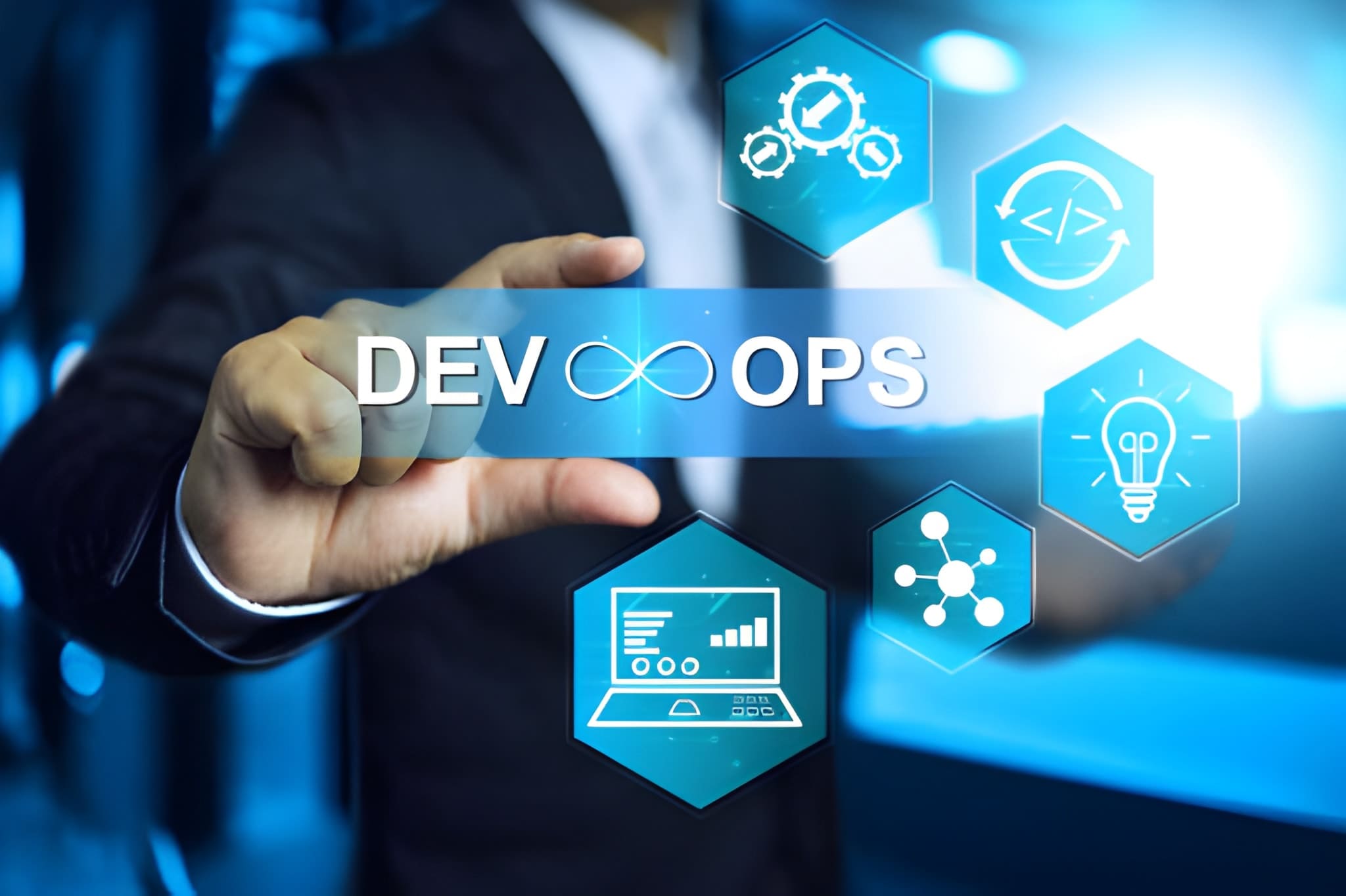TL;DR
This article addresses the primary AI implementation challenges that businesses encounter. It explains that while many companies are adopting AI, a significant number struggle to achieve a positive ROI due to several key obstacles. The guide identifies the top challenges, including poor data quality and strategy, a persistent shortage of specialized AI talent, and significant cultural resistance to change within the organization. Furthermore, it covers the complexities of integrating AI with legacy systems and the difficulties in measuring a clear return on investment.
The promise of artificial intelligence is immense, offering the potential to revolutionize industries and redefine what’s possible. However, the path from initial enthusiasm to a successful, value-generating deployment is filled with obstacles. Many businesses are discovering that the journey is more complex than they anticipated. Understanding and proactively addressing the most common AI implementation challenges is the key to moving from experimentation to true transformation.
Why So Many AI Projects Fail to Deliver ROI
Before diving into the challenges, it’s important to understand the landscape. A frequently cited statistic from sources highlights that a high percentage of AI projects fail to move from pilot to production or deliver on their intended outcomes. This isn’t because the technology is flawed. Instead, it’s because businesses often underestimate the strategic, cultural, and operational shifts required for successful AI adoption in business. Overcoming these enterprise AI risks requires a clear-eyed view of the hurdles ahead.
The Top 5 AI Implementation Challenges in 2025
Here are the most significant AI deployment obstacles that business leaders must navigate.
1. Data Quality, Accessibility, and Strategy
This is the number one challenge. AI models are only as good as the data they are trained on. Many organizations suffer from:
- Data Silos: Data is often locked away in different departments and legacy systems, making it difficult to access and consolidate.
- Poor Data Quality: The data may be incomplete, inconsistent, or inaccurate, which leads to biased or flawed AI models.
- Lack of a Data Strategy: Many companies lack a clear governance plan for collecting, storing, and using data.
- Solution: The first step in any AI initiative must be to create a robust data strategy. This involves investing in data infrastructure, requiring cloud migration services to move to a more flexible and scalable environment.
2. The Persistent Shortage of Specialized Talent
The demand for skilled AI and machine learning experts far overtake the supply. Finding, hiring, and retaining top talent is incredibly competitive and expensive. Even if you have a great idea, you may not have the in-house expertise to build, deploy, and maintain the complex models required.
Solution: A hybrid approach is often the most effective. Focus on upskilling your existing workforce in data literacy while partnering with a specialized custom software development firm to provide the deep, niche expertise needed for complex projects.
3. Integrating AI with Legacy Systems
Most established enterprises run on a complex web of legacy systems. These older platforms were not designed to integrate with modern AI tools. Trying to connect a new AI application to a decades-old ERP system can be a major technical hurdle, leading to one of the most common AI deployment obstacles.
Solution: This is where a modern, API-driven approach is essential. You can build custom integration layers and microservices that allow your new AI tools to communicate with your legacy systems.
4. Cultural Resistance and Lack of Trust
AI can represent a significant change to how people work. Employees may fear that AI will replace their jobs, or they may not trust the recommendations made by a “black box” algorithm. Without buy-in from the people who use the tools, even the best technology will fail.
Solution: Be transparent about your AI strategy and communicate how it will augment employees’ roles, not eliminate them. Invest in training and focus on building explainable AI models that allow users to understand how a decision was made.
5. Measuring ROI and Proving Business Value
Finally, one of the most significant enterprise AI risks is the difficulty of proving a clear return on investment, especially in the early stages. AI’s benefits can sometimes be indirect (like improved decision-making) and can take time to materialize. This can make it difficult to secure ongoing funding and support from leadership.
Solution: Start with pilot projects that have clear, measurable KPIs. Focus on solving specific business problems with a quantifiable outcome e.g., “reduce customer service response time by 30%”. These early wins will provide the tangible proof of value needed to justify further investment.
Our Approach to Overcoming AI Challenges: Case Studies
Case Study 1: A Financial Firm’s Data Integration Problem
- The Challenge: A wealth management firm wanted to build an AI-powered tool to provide personalized investment advice, but their client data was scattered across a dozen different legacy systems.
- Our Solution: We began by designing a cloud-native data warehouse. Our team consolidated all their siloed data into a single, secure source of truth. We then built APIs to make this data accessible to their new AI models.
- The Result: With clean, centralized data, the firm was able to launch its robo-advisor tool successfully. The project not only delivered a new revenue stream but also solved their long-standing data fragmentation problem.
Case Study 2: An Insurance Company’s Automation Hurdle
- The Challenge: An insurance company wanted to automate their claims processing workflow but lacked the in-house MLOps expertise to deploy and manage their machine learning models at scale.
- Our Solution: We provided DevOps automation services to build a robust, end-to-end MLOps pipeline. This automated the entire model lifecycle, from training and testing to deployment and monitoring.
- The Result: The company was able to reduce its model deployment time from months to days. The automated system ensured their claims processing AI was always running on the most accurate and up-to-date models, significantly improving efficiency.
Our Technology Stack for Enterprise AI
We use a modern, scalable stack to navigate the complexities of AI implementation.
- Cloud Platforms: AWS, Google Cloud AI, Microsoft Azure AI
- Data Warehousing: Snowflake, Google BigQuery, Amazon Redshift
- MLOps Tools: Kubeflow, MLflow, Amazon SageMaker
- Integration: MuleSoft, Custom API Development
- AI Frameworks: TensorFlow, PyTorch, Scikit-learn
Conclusion
The path to AI-driven transformation is crossed with significant AI implementation challenges. However, these challenges are not inevitable. By taking a strategic approach that prioritizes data readiness, fosters cultural change, and focuses on solving real business problems, you can successfully navigate the enterprise AI risks. A clear plan turns potential pitfalls into stepping stones for innovation.
At Wildnet Edge, our AI-first approach is designed to be your strategic partner on this journey, helping you build the robust foundations needed to overcome these challenges and achieve lasting success.
FAQs
The impact is severe. Poor data leads to inaccurate and biased AI models. This can result in flawed business decisions, poor customer experiences, and, in some industries, significant regulatory and financial penalties. It is the most critical of all AI implementation challenges.
It starts from the top down with executive leadership championing a data-driven mindset. It also involves investing in employee training, celebrating early wins and experiments, and creating clear communication channels to demystify AI.
MLOps is a set of practices that combines machine learning, DevOps, and data engineering to automate and streamline the machine learning lifecycle. It is crucial for reliably and efficiently deploying, monitoring, and maintaining AI models in production at scale.
For most companies, a hybrid approach is best. It is valuable to build some internal data literacy, but for specialized, high-stakes projects, partnering with an expert firm gives you immediate access to top-tier talent and experience, which is often faster and less risky than trying to hire.
The ideal first project should be at the intersection of high business value and high feasibility. It should solve a real, tangible problem and have access to readily available, clean data. A quick, measurable win is the goal.
Explainable AI is a set of tools and techniques that help humans understand and interpret the decisions made by machine learning models.
The very first step is an honest AI readiness assessment. This involves evaluating your current capabilities across data, technology, and people. This assessment will give you a clear, objective picture of your biggest strengths and weaknesses, forming the basis of a realistic strategic plan.

Nitin Agarwal is a veteran in custom software development. He is fascinated by how software can turn ideas into real-world solutions. With extensive experience designing scalable and efficient systems, he focuses on creating software that delivers tangible results. Nitin enjoys exploring emerging technologies, taking on challenging projects, and mentoring teams to bring ideas to life. He believes that good software is not just about code; it’s about understanding problems and creating value for users. For him, great software combines thoughtful design, clever engineering, and a clear understanding of the problems it’s meant to solve.
 sales@wildnetedge.com
sales@wildnetedge.com +1 (212) 901 8616
+1 (212) 901 8616 +1 (437) 225-7733
+1 (437) 225-7733































